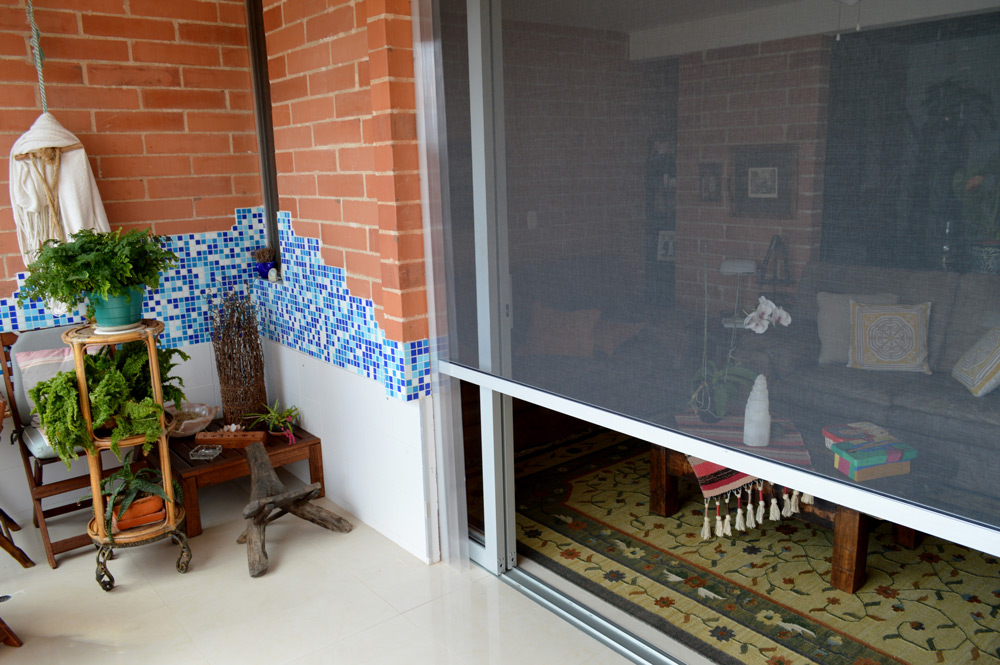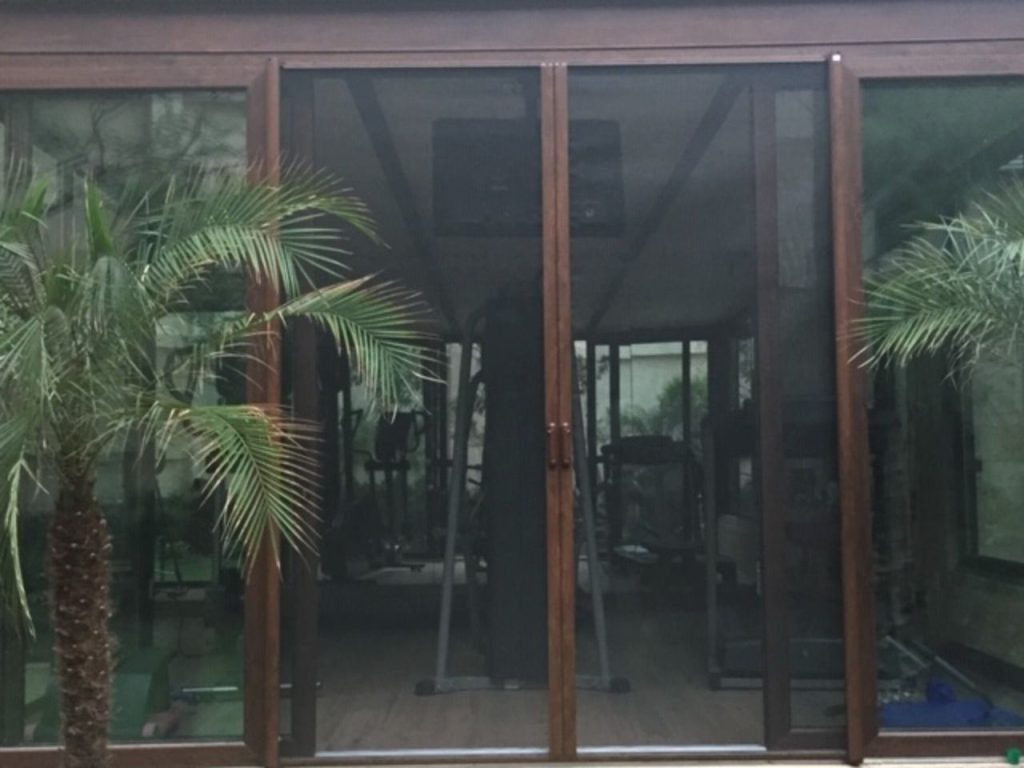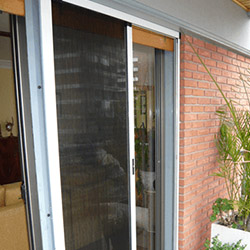
Ventana corrediza de PVC con mosquitero antirrobo Pantalla /Rejilla de acero inoxidable (T-92) - China Ventana de PVC, ventana deslizante

KESSER® mosquitera para ventanas con marco de aluminio, mosquitera, mosquitero, marco de tensión, sin taladrar ni atornillar. Weiß (de), 80 x 100 cm (de)























